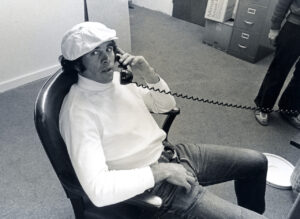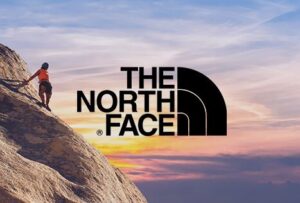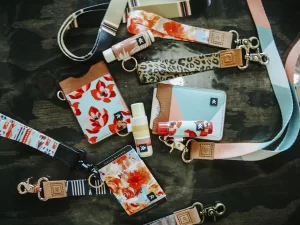Brothers Bert and John Jacobs were on a mission to create and sell the best t-shirts they could. At the time, selling t-shirts was very uncommon and an untraditional path to take.
In 1989, they created their first tee shirt. For five years, they traveled the East Coast, trying to convince people, mainly college students, to buy their shirts. And for five years, they didn’t receive much positive feedback. They traveled in their van, living off the meager profits they made. Finally, after years and years of trial and failure, the brothers found the breakthrough that they were looking for. John drew a smiley stick figure and added a positive message to their shirts, and the rest was history.
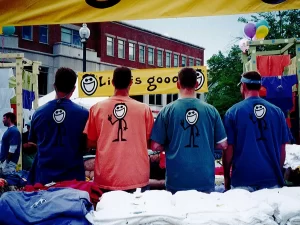 “We were searching for so many years for, ‘What do we stand for?'” John says. “Then when we put out this new design, the response was so immediate. It was exactly what we had hoped for.” Under the name Life is Good, they rebranded and relaunched their company, and within three years, they surpassed $1 million in sales. They named their famous smiley stick figure Jake, which means “everything’s all right.”
“We were searching for so many years for, ‘What do we stand for?'” John says. “Then when we put out this new design, the response was so immediate. It was exactly what we had hoped for.” Under the name Life is Good, they rebranded and relaunched their company, and within three years, they surpassed $1 million in sales. They named their famous smiley stick figure Jake, which means “everything’s all right.”
Today, Life is Good has expanded its product line beyond t-shirts and has $100 million in sales. They sell in 4,500 stores and have 160 employees. The brothers dedicate all of their success to their mom, who taught them to spread optimism to everyone. “We want to spread this message and help people understand the depth of what that means,” John said. “It’s not that life is easy or life is perfect. It’s that life is good.”
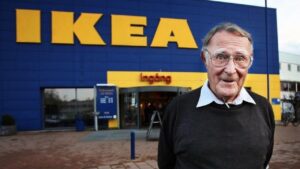
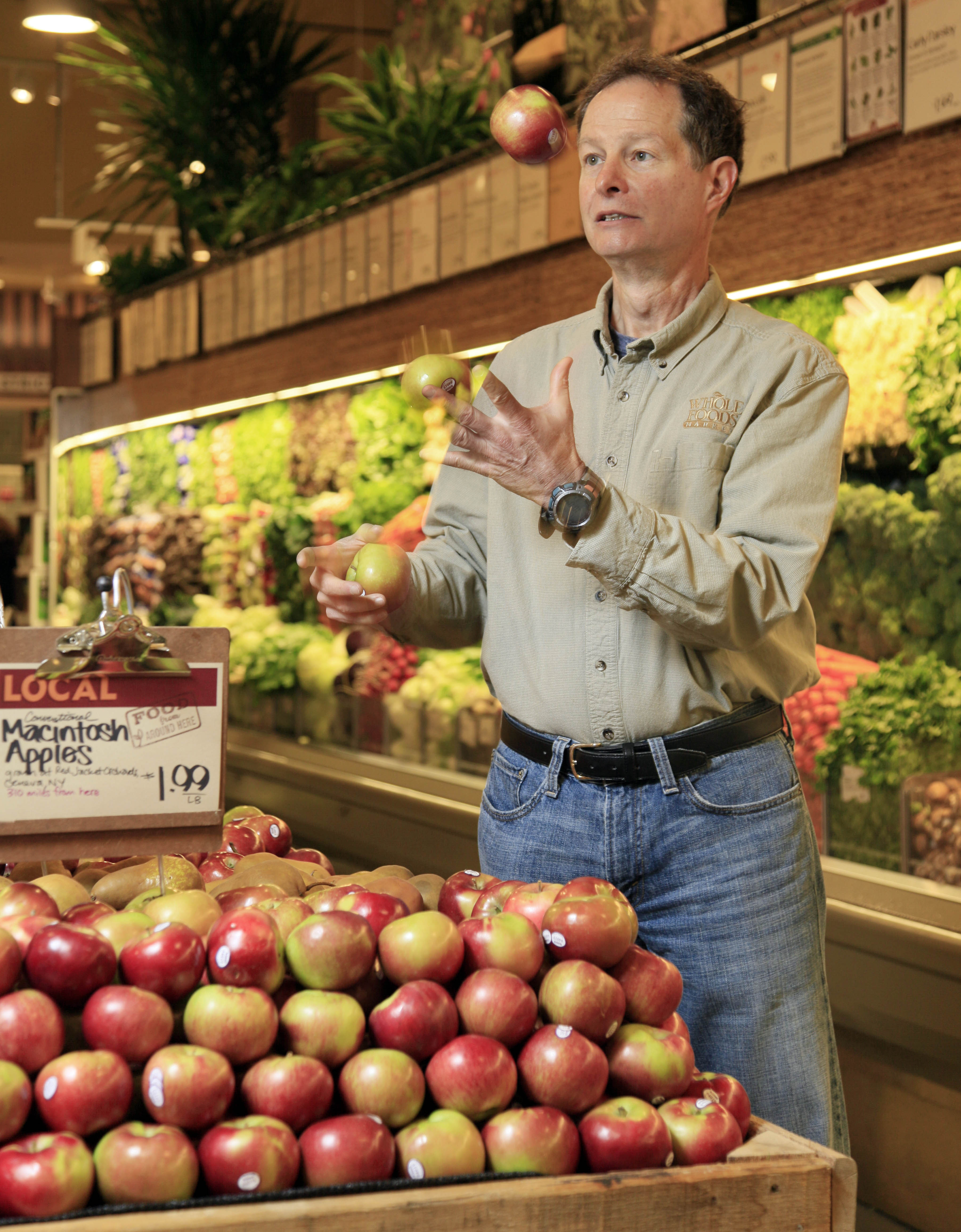 In 1981, their store flooded, and Mackey thought his dream of Whole Foods was over. Amazingly, the community of Austin stepped in to help and save the store. After it re-opened, Mackey expanded, and stores flourished. At the start it was a private business, but in 1992, it became a public business and had a value of $100 million.
In 1981, their store flooded, and Mackey thought his dream of Whole Foods was over. Amazingly, the community of Austin stepped in to help and save the store. After it re-opened, Mackey expanded, and stores flourished. At the start it was a private business, but in 1992, it became a public business and had a value of $100 million.
